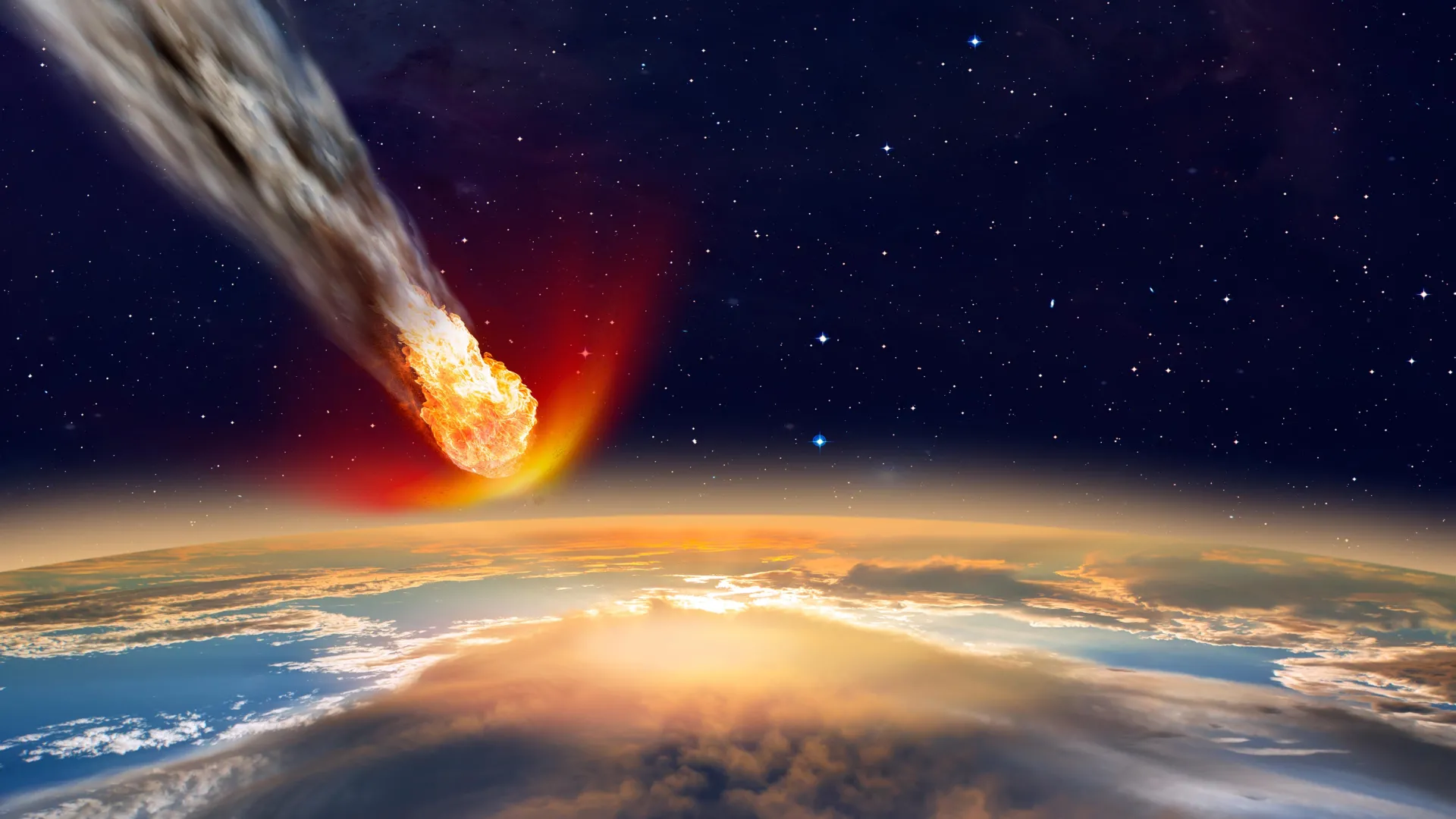
Researchers have uncovered a previously unrecognized field of natural impact glass, or tektites, in South Australia. The glasses are about 11 million years old and chemically distinct from other known tektite strewn fields. The discovery reveals a giant asteroid strike that Earth’s record had seemingly lost — yet the impact crater is still missing.
“These glasses are unique to Australia and have recorded an ancient impact event we did not even know about,” said co-author Professor Fred Jourdan (Curtin University).
What exactly did they find?
- New strewn field: A spread of tektites found only across parts of South Australia, pointing to a singular impact event.
- Distinct chemistry: The glasses differ from other tektites (e.g., the younger Australasian strewn field, ~0.78 Ma), suggesting a separate and much older event.
- Age ~11 Ma: Geochronology ties the glass to the Miocene epoch, opening a new window on mid-Cenozoic bombardment.
Lead author Anna Musolino (Aix-Marseille University) notes that the glasses’ composition and age make them unlike any previously cataloged tektites: “They record a completely separate impact event,” distinct from the famous Australasian field.
Where’s the crater?
Despite the scale implied by the debris, the source crater remains undiscovered. The team’s geochemical fingerprints point to ejecta sourced from a volcanic-arc crustal target (andesitic–dacitic), but surface erosion, burial, or offshore formation may hide the structure. Until the crater is found, the glass itself serves as the smoking gun.
Why this matters (beyond cool space glass)
- Fills a gap in Earth’s impact history — a major event not previously recognized.
- Benchmarks impact frequency at multi-million-year scales, informing planetary defense risk models.
- Refines source targets for future surveys (airborne geophysics, satellite gravimetry/magnetics, seismic reprocessing).
How tektites form
When an asteroid slams into Earth, the shock melts surface rocks and flings droplets of molten material that harden into glass as they fly. Winds and ballistic trajectories spread these droplets across huge regions called strewn fields. Each field’s age and chemistry help triangulate its impact’s time, place, and target rock.
💌 Love impact science & Earth oddities? support Strange Sounds: PayPal · Donorbox
📰 Subcribe to the Strange Sounds Newsletter! You will love it!
FAQs — The Missing Crater & Australian Tektites
What did the researchers actually discover?
A new field of 11-million-year-old tektites in South Australia, chemically distinct from other known strewn fields — clear evidence of a previously unknown asteroid impact.
Why hasn’t the crater been found?
The crater could be eroded, buried, offshore, or masked by later volcanic/sedimentary cover. Geophysics and targeted fieldwork are the best next steps.
How are these tektites different from the Australasian field?
They’re much older (~11 Ma vs. ~0.78 Ma) and show different chemistry, indicating a separate impact event with a different target rock.
Why does this matter for planetary defense?
Pinning down when and how often big impacts occur improves risk estimates and informs mitigation planning for future asteroid threats.
What’s the primary study and where can I read it?
Earth and Planetary Science Letters, 2025: Musolino et al., “A new tektite strewn field in Australia ejected from a volcanic arc impact crater 11 Myr ago,” EPSL 670: 119600, doi: 10.1016/j.epsl.2025.119600.
References (news & primary research)


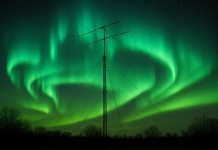
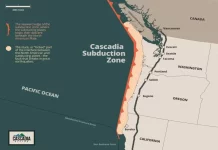
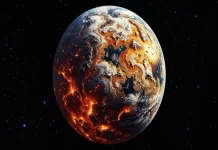
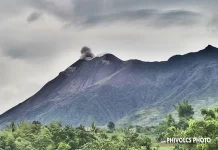
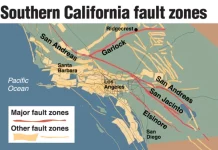
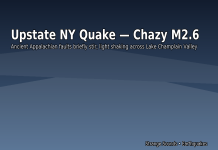
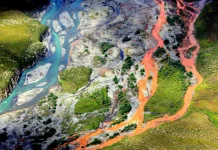
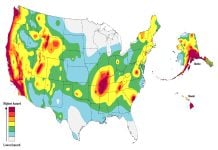
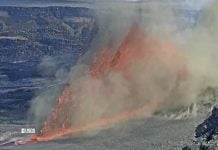

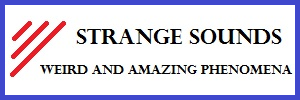
So much suppostion/speculation in this whole field of ‘science’. No one is in a position to dispute any of these ‘findings’. Why does it have to be a ‘giant’ sized asteroid? Why is there no crater? What proof, besides a different type of tectites, do they have that the asteroid ever existed? Color me skeptical.